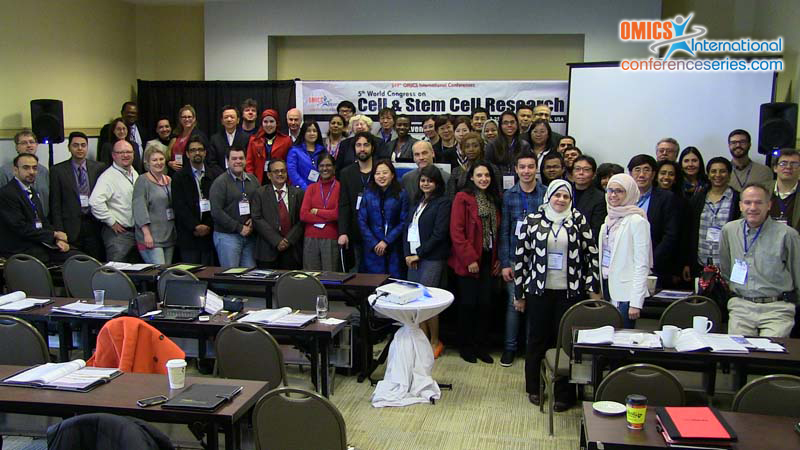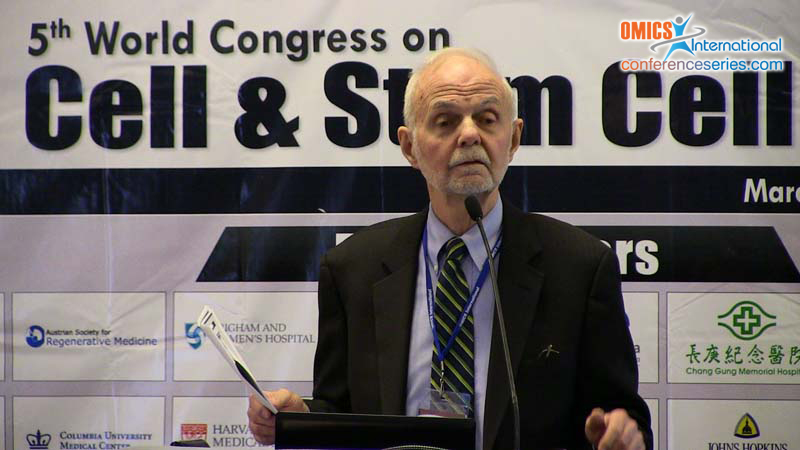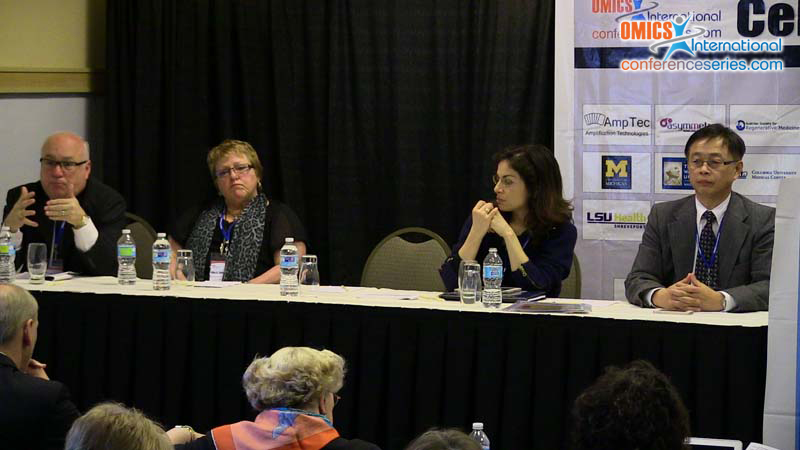
Paul J Davis
Albany Medical College
USA
Title: Activity of nanoparticulate tetrac (nanotetrac) on models of glioblastoma
Biography
Biography: Paul J Davis
Abstract
Glioblastoma multiforme (GBM) is an aggressive brain tumor with a less than 10% 5-year survival rate. The tumor is relatively chemo- and radioresistant and, despite its vascularity, has shown disappointing clinical responses to anti-angiogenic management. Nanoparticulate tetrac (Nanotetrac) is anti-cancer/anti-angiogenic agent that acts exclusively at a thyroid hormone-tetrac receptor on plasma membrane integrin ï¡vï¢3 and does not gain entry to cells. In the formulation, tetrac is covalently bound via a linker to poly(lactic-co-glycolic acid) (PLGA) nanoparticles. From the integrin, the agent disorders a panel of tumor cell defense pathways by downstream actions on expression of differentially regulated genes and is pro-apoptotic by several mechanisms. In the C6 rat subcutaneous glioma xenograft in the mouse, standard clinical GBM chemotherapy with temozolomide (TMZ) at 10 mg/kg was wholly ineffective (tumor volumes) at 14 d, as was subtherapeutic Nanotetrac at 0.3 mg/kg. Added to TMZ, Nanotetrac at 0.3 mg/kg reduced tumor volume by 53% at 14 d. In the subcutaneous human U87MG (U87-luc) GBM xenograft, Nanotetrac at 1 mg/kg injected with implanted cells inhibited tumor growth by 79% at 16 d. Luminescent scanning revealed no viable cells in the Nanotetrac-exposed tumors, with full viability in the void PLGA-injected lesions. Systemic (s.c.) Nanotetrac at 1 mg/kg reduced subcutaneous tumor U87MG xenograft volume by 46% at 10 d. All Nanotetrac results were significant at p <0.05. Studied in vitro, U87MG cells proliferated in response to physiological concentrations of free L-thyroxine (T4) and supraphysiological levels of 3,5,3,-triiodo-L-thyronine (T3). The T4 effect was associated with activation of mitogen-activated protein kinase (pERK1/2), but not phosphatidylinositol 3-kinase. Taken together, these studies indicate that 1) GBM is a thyroid hormone-responsive tumor, consistent with clinical observations of the action of induced hypothyroxinemia on GBM (A Hercbergs et al., Anticancer Res 23:617-626,2003; Oncologist 2015, in press) and 2) Nanotetrac systemically or intratumorally is effective in reducing GBM xenograft volumes/weights and reducing tumor cell viability.



